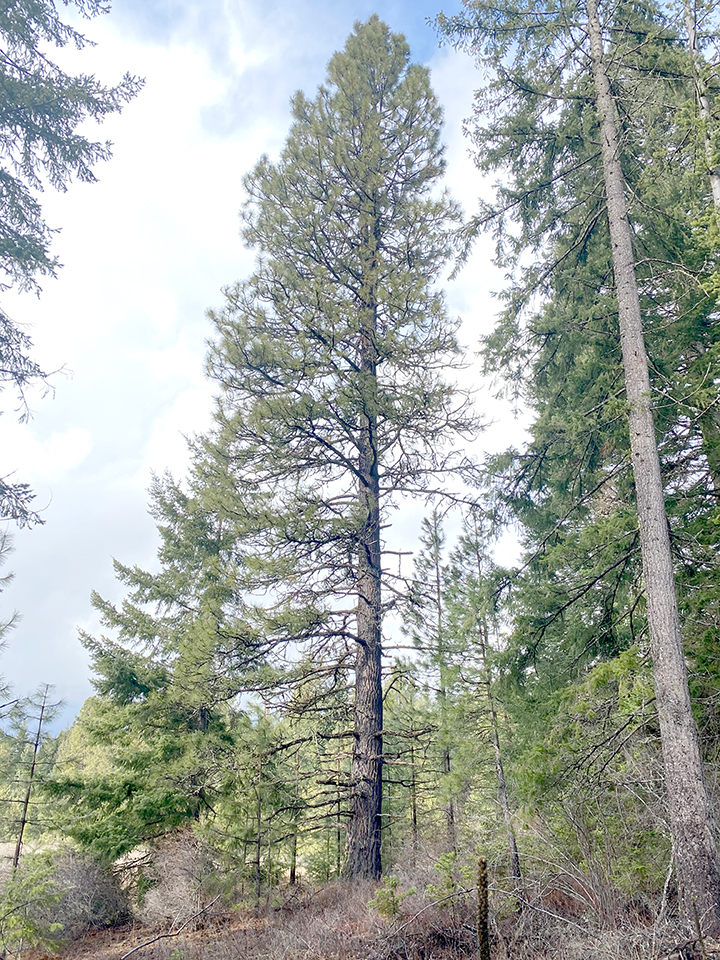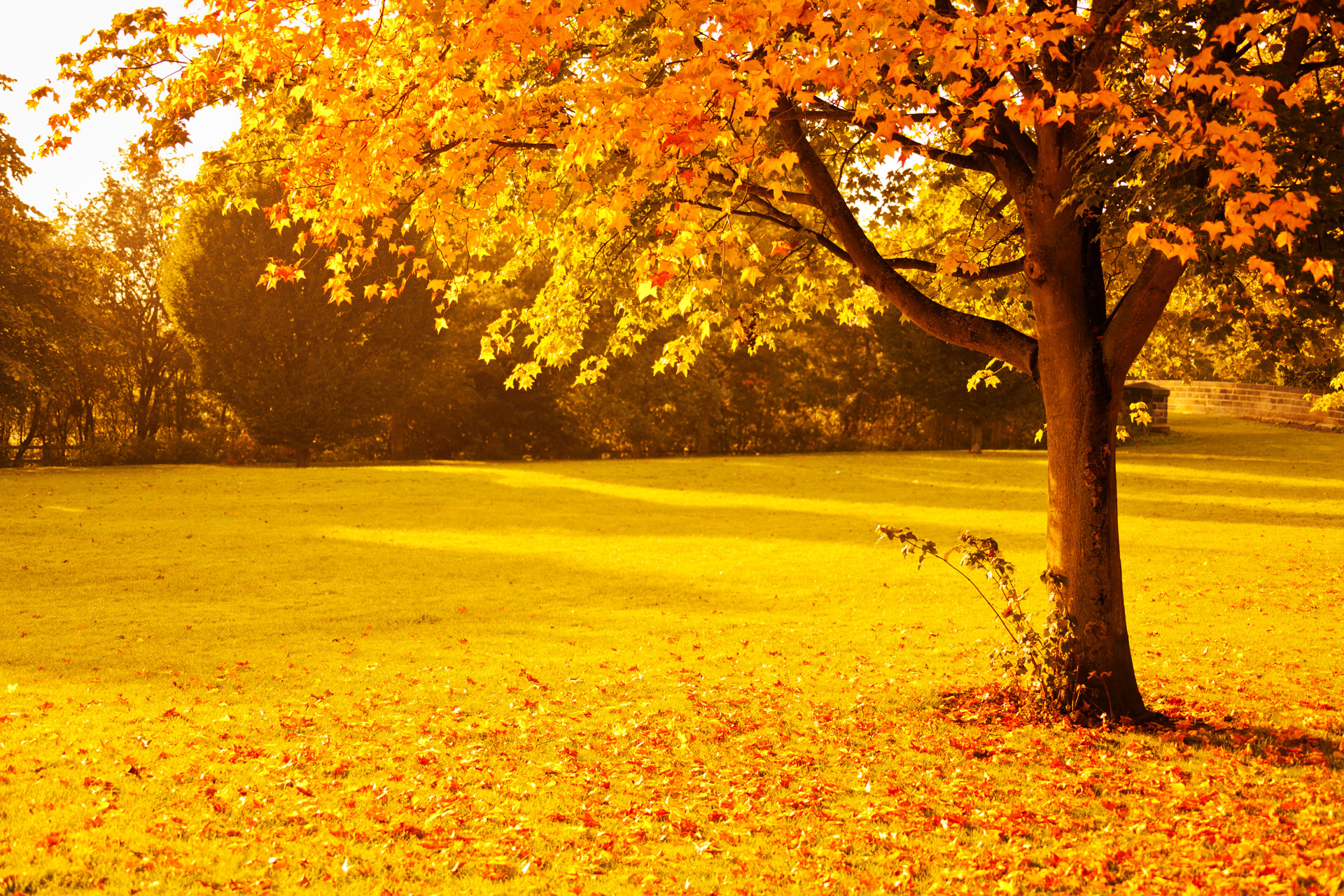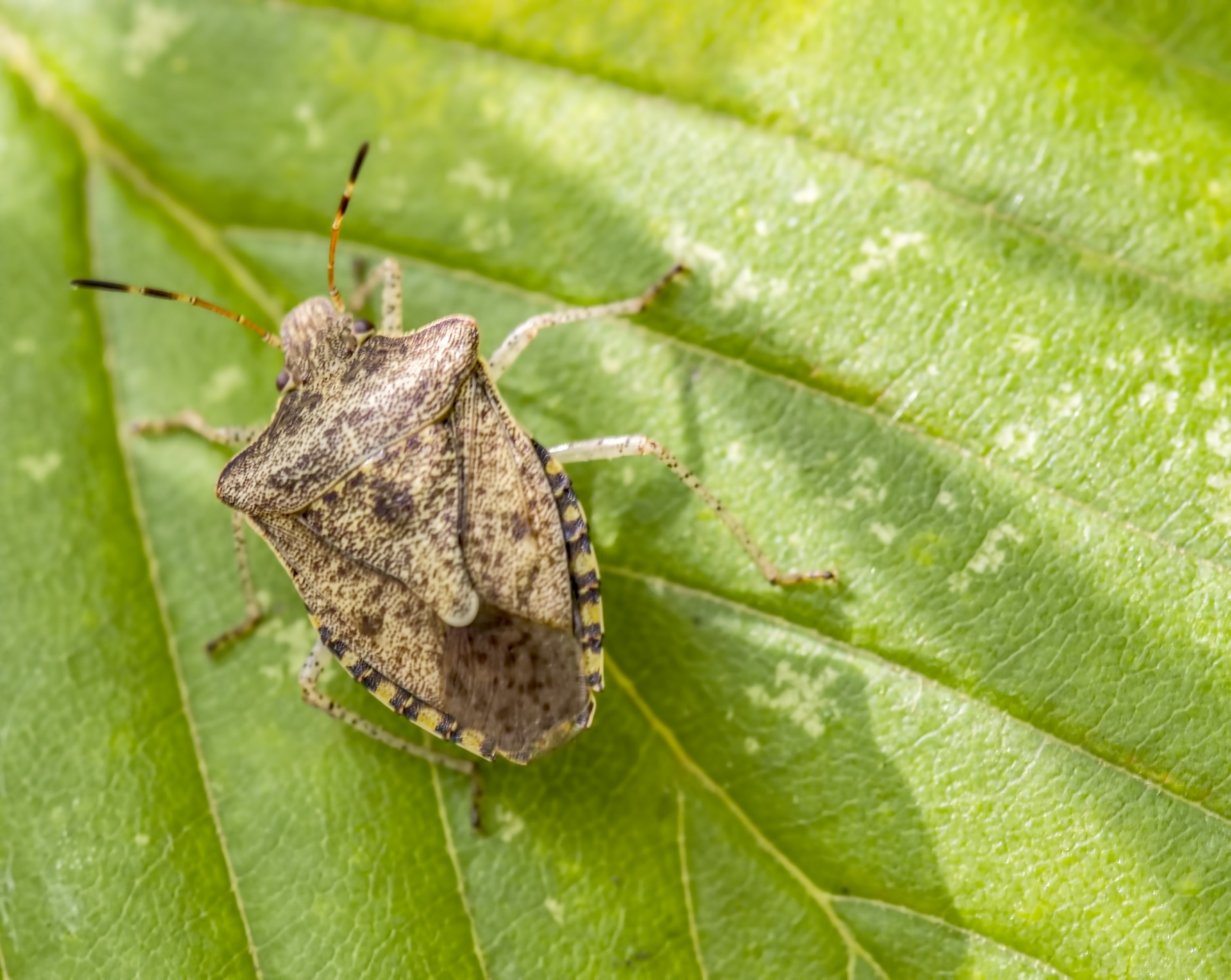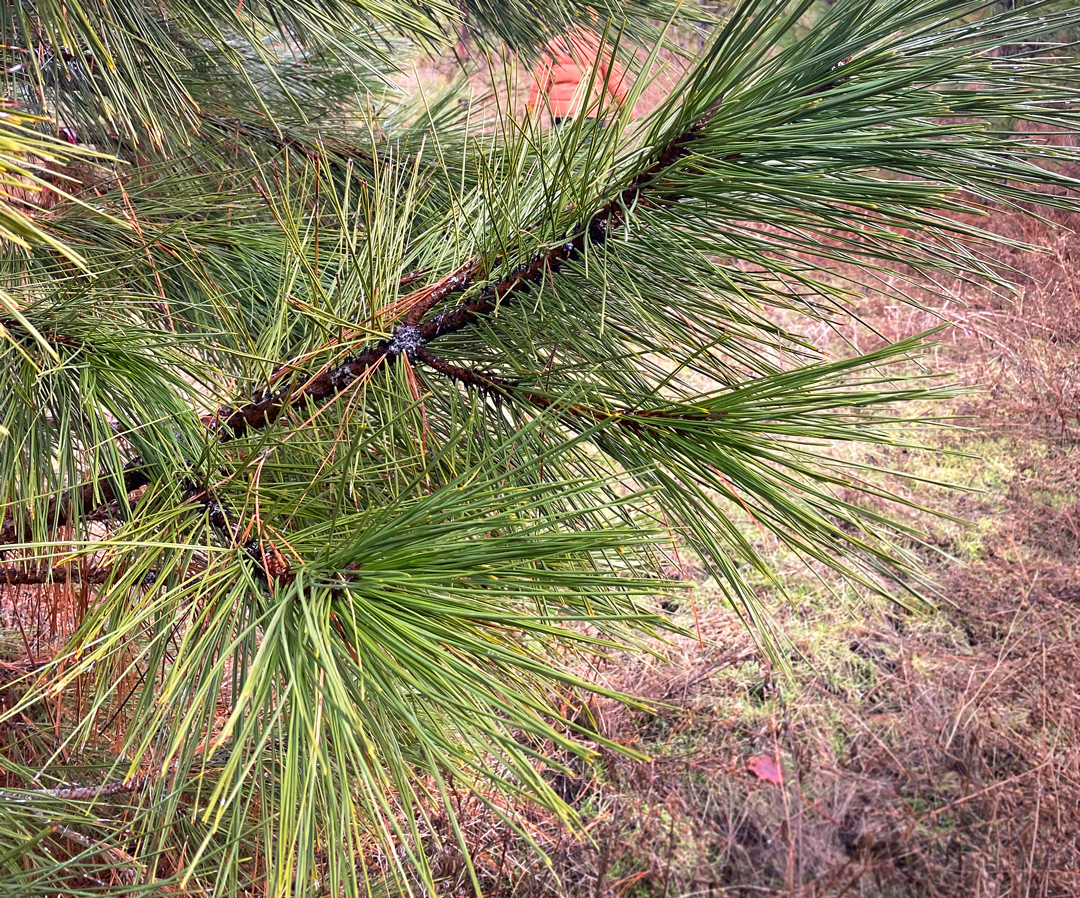New pioneer gardeners and habitat restoration managers are wondering which species might be the best trees to plant for climate change. This article explains why we think Willamette Valley Ponderosa pine and Oregon white oak might be the best trees to plant to stand up to climate change in Portland.
Planting Trees to Fight Climate Change
We know that trees are great at sucking up CO2 from the atmosphere. They store it in their plant tissue and in the ground. Planting trees is a no-brainer when it comes to reducing greenhouse gasses, the leading cause of climate change.
But first it’s critical we make the changes necessary to avoid warming over 1.5 C of pre-industrial temperatures. Without limiting CO2 emissions & other causes of climate change, our urban forests will have a harder time adapting.
Which Trees Are Best to Plant for Climate Change?
Many Portland native plants are amazingly adapted for heat, drought and other extremes.
Oregon white oak, Ponderosa pine, and Douglas fir are proven extremely well adapted for extended droughts and floods.
Others trees such as Western red cedar and Oregon ash are much more specialized for our cooler, moist local climate.
Many urban forest professionals are also eager to recommend non-native tree species from different parts of the world.
Across the globe, many tree and shrub species have incredible abilites to withstand their unique spectrum of extreme temperatures & conditions. So the opportunity to utilize the amazing resilience of all street tree species is definitely inticing.
Mitigation Tree Planting
We should always favor native tree and shrub species for resiliency in our urban forests. Native species have symbiotic associations with microbes and other organisms that create habitat function.
In some cases, some speculate, it may be appropriate to use seeds & genetic varieties of native plants originating from more Southern areas.
This could encourage more heat tolerant trees, but may also retain the ecological function of native symbioses.

Ponderosa Pine
Pinus ponderosa is an amazing tree species that can withstand a wide array of extremes. To identify Ponderosa pine, simply sniff the bark on a warm day. If you experience a delightful vanilla or butterscotch aroma, then you’ve got a Ponderosa. Here’s a few quick facts about Ponderosa Pines:
- They range from Canada to Mexico North to South, and from The Pacific Northwest all the way to Nebraska and Oklahoma.
- In the plateaus and mountains of Arizona & New Mexico, these lush forest trees stand tall & perfectly spaced among nothing but rocks & dry grass.
- Their needles provide critical canopy shade and a source of organic biomass in dry desert places.
- They are incredibly well adapted for drought tolerance, extreme temperatures and fire resistance.
Portland Oregon Native (Tree)
The same tree species I enjoy seeing in the arid deserts of the Colorado plateau or in Eastern Oregon, I enjoy planting for habitat restoration in Portland.
But check this out. In Portland, our Ponderosa pines don’t mind being completely underwater for weeks at a time either!
We have a special sub-species. Willamette Valley Ponderosa pine (pinus ponderosa var willametensis). This sub-species is amazingly adapted for flood-tolerance, as well as heat & drought. With climate change predicted to bring more precipitation to the Pacific Northwest, this would be an advantageous trait.
What Makes A Tree Climate Ready?
From drought tolerance to flood tolerance, Valley Ponderosa as a high degree of plasticity. Plasticity refers to the tree’s ability to thrive under a variety of extremes.
Temperature extremes from -40F to over 100F do not appear to limit their range. Apparently Ponderosa pine seedlings are even more drought resistant than Douglas Fir, California white fir & sugar pine.
Will the Valley Ponderosa or just Ponderosas in general have enough plasticity and resilience to be a climate change champion?
Oregon White Oak
Planting Oregon white oak in Portland to combat climate change is a no brainer.
- Oregon white oak is incredibly drought and flood tolerant.
- Older trees grow thick fire resistant bark.
- Their massive tap-roots access water that shallower root systems cannot.
- Large oak canopies provide shade & cooling effects.
More importantly, hundreds of wildlife species depend on mature oaks and oak woodlands for their habitat. Supporting Oregon white oak conservation, and planting new ones, helps create resiliency in the Willamette Valley native ecosystem.
Climate Change Resilient Landscaping
For Portland climate change resilient landscapes, we should bet on native species like Ponderosa Pine and Oregon White Oak. Indeed, we should try to engage and restore native plant and soil microbiology to restart our ecosystem’s natural defense mechanisms.
And we should use serious caution when introducing non-native species. Even with the intent to conserve the environment.
For more information check out this great article by the Oregonian about climate change resilient gardening.
Protecting Your Trees From Climate Change
If you’re interested in learning about keeping your trees healthy and pest-free, give us a call or continue reading Protecting Your Trees From Climate Change.

How to Keep Spiders Away From the Outside of Your House

3 Highly-Effective Natural Wasp Repellents with Essential Oils

How to Get Rid of Wasp Ground Nests Guaranteed

7 Powerful Resources to Help You Reduce Pesticide Use

Top 5 Best Pet Safe Ways to Control Roaches

How to Deter Beaver Mischief with Beaver Exclusion Fencing



